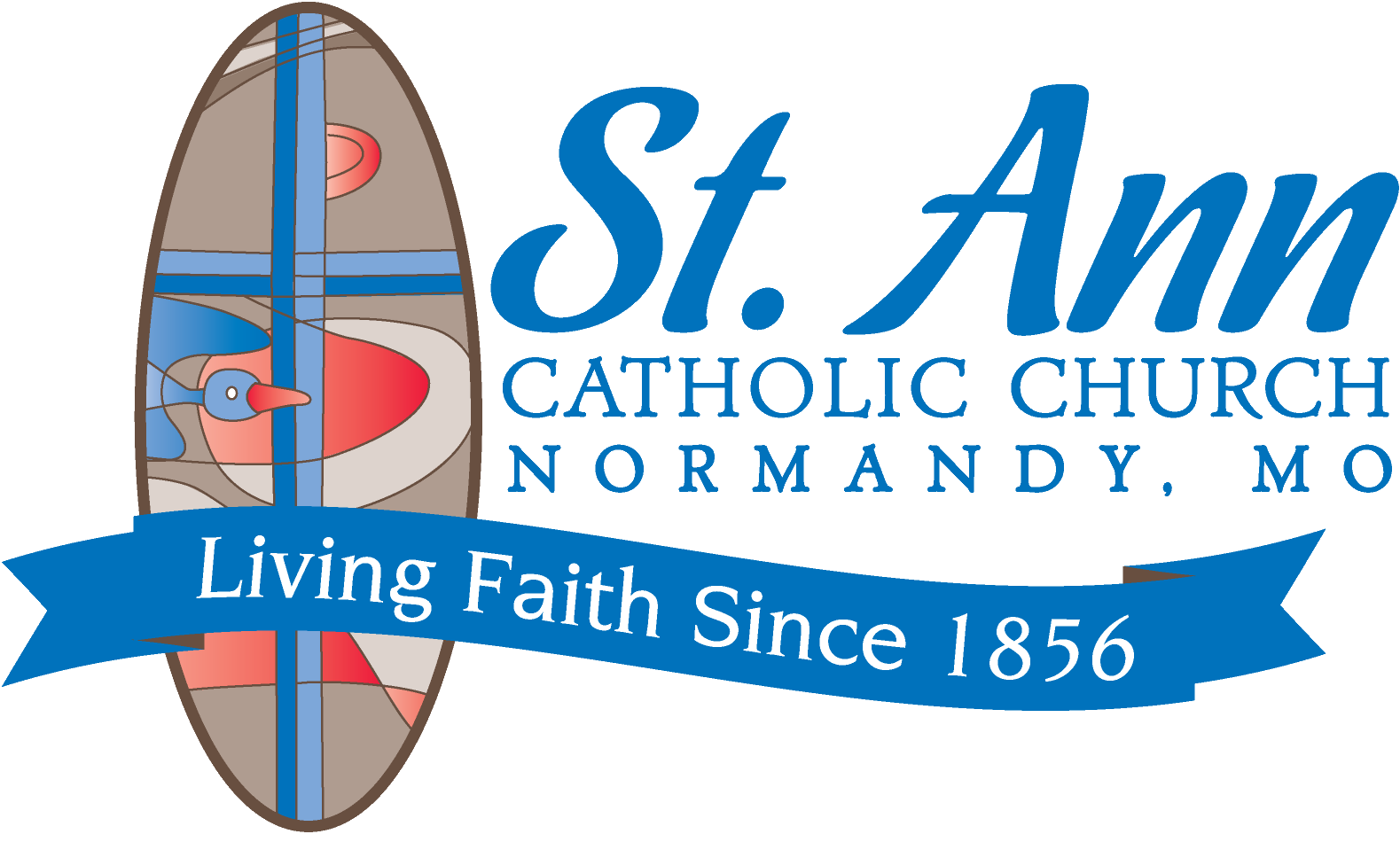 It was a simple wooden cross that marked the far wall of the Trappist monastery at Snowmass, Colorado. It was about 5 feet high by 2 ½ feet wide. It was made of what looked to be oak. I didn’t think much of it when I first saw it in their chapel. It was plain and simple, like everything else in that place of worship. About mid-week, that all changed. I heard a remarkable thing during lunch. You see, the Trappists take their meals in silence, while a monk reads out loud from the latest book that they are using for their Lectio Divina. In that reading, they explained that the wooden cross on the wall of their chapel would become a grave marker. The cross hanging on the wall in their chapel would mark the grave of the next monk who would die from that monastery. What an amazing tradition. Each monk lives and prays in the shadow of the cross. And not just any cross, but the one that might mark the end of his personal journey through Calvary to Jesus.
It was a simple wooden cross that marked the far wall of the Trappist monastery at Snowmass, Colorado. It was about 5 feet high by 2 ½ feet wide. It was made of what looked to be oak. I didn’t think much of it when I first saw it in their chapel. It was plain and simple, like everything else in that place of worship. About mid-week, that all changed. I heard a remarkable thing during lunch. You see, the Trappists take their meals in silence, while a monk reads out loud from the latest book that they are using for their Lectio Divina. In that reading, they explained that the wooden cross on the wall of their chapel would become a grave marker. The cross hanging on the wall in their chapel would mark the grave of the next monk who would die from that monastery. What an amazing tradition. Each monk lives and prays in the shadow of the cross. And not just any cross, but the one that might mark the end of his personal journey through Calvary to Jesus.
I took a walk that afternoon and found the graveyard of the monks. There were 14 crosses that marked the passing of monks from this place of prayer and solitude. Fourteen crosses filled with the memory of the hymns and songs and prayers of the community that journeyed together toward their God. Fourteen crosses – fourteen symbols of the power of Jesus to save and raise up those who come under its spell. And the remains of fourteen lives lived under the triumph of the cross. How do YOU live under the shadow of the cross?
You see, we are invited to live our lives, as did the monks, under the shadow of the cross. We are invited to let our lives echo the life of Jesus that we hear of in St. Paul’s hymn – in that self emptying of love for the world. Jesus did not deem equality with God something to be grasped at. Rather, he emptied himself. And then he emptied himself again upon the cross. And there, free from all pretensions, free from all images of self and importance, free from everything but his father’s will, he was triumphant. There, ‘lifted up’ as John tells us, Jesus reveals to us who we are, whose we are, and how we are to live.
It is the pattern for us to live into, the truth about our lives. The cross is everything that the world is not – powerlessness, surrender, and suffering. It is about finding life in death, finding meaning in suffering, finding the deepest truths about living in the giving of ourselves away. And you and I live under that cross, whether we trust it or not. The monks made that very visible in their chapel. We are called to make it very visible in our lives.
Let me suggest three possible ways to live into this.
1) If you are familiar with the play, Les Miserables, you might remember the last scene opens up with Jean Valjean praying at a small table in his room. At the ends of that table are two silver candlesticks. Reminders of the act of a kindly Bishop who instead of having Valjean put into prison for stealing the silver table goblets they had used at dinner, gave these as well to satisfy the police of his charity. Though Valjean sells the goblets to start his life over, he cannot part with the candlesticks. Each night, as he prays, they are there as the visible reminders of the price paid for his redemption. Is there a cross in your room somewhere? Do you have a visible reminder in your dorm room, apartment, home, that reminds you of the journey made for you and the journey you are to make?
2) Take on the same mind as is in Christ this week –that of self-emptying love. Do the dishes that your roommate left in the sink. Stick a load of laundry in for your mother. Take out the trash even though it is not your turn. Discover the freedom that Paul spoke about – the emptying of the self so there is only room for God.
3) Offer up a suffering you are undergoing for the good of someone who is struggling. Don’t complain about an ailment, don’t whine about a small thing – instead, transform that suffering into a prayer that someone else will know a moments peace in an addiction, a bit of relief from their grief, a moment of joy in their sorrow.
The monks had it right – to physically remind themselves the mystery they stand under – the Triumph of the Cross. May we, who gather under that same shadow, learn how to live the redemption we celebrate at this meal.
